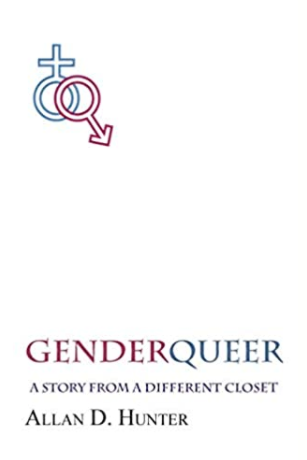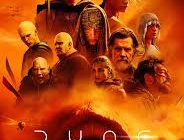By Maryam Javed ’21
Opinions Editor
“I’m one of the girls. That’s my gender. I’m male. That’s my sex. I’m attracted to females. That’s my orientation. My experience was different from anything else I’d ever heard of. I wanted to write it down so there would be a book showing what it is like to grow up like this,” writes Allan D. Hunter in GenderQueer: A Story from a Different Closet.
GenderQueer: A Story from a Different Closet is a coming-out and coming-of-age story of a gender non-conforming individual. The book is an autobiographical story of Hunter’s life that helps readers better understand what identity and gender really mean and how other people’s definitions of gender and identity do not define someone.
What is even more interesting is that the story takes place during the 1970s and 1980s, a time period in which many individuals of the LGBT community were treated with more hostility than today. However, despite many of these sentiments, LGBT centers became more available to the public, which was quite revolutionary. Despite the growth of LGBT centers, one group that was not necessarily included was the genderqueer community, now commonly symbolized as the “Q” in LGBTQ, and this is precisely what this book focuses on. Many people are not familiar with the genderqueer identity and this book gives a first-hand account of what someone with this identity experiences.
The story follows the life of the main character, Derek. Different parts of Derek’s life are narrated, through junior high school years to the age of 21. From a young age, Derek feels like “one of the girls,” but is not uncomfortable in a male body. As the book progresses, Derek comes to terms with an identity that does not fall under the typical umbrella of “LGBT.”
Hunter delves into serious and intimate topics throughout the book, making it very realistic and raw, which was overwhelming at times. A watered-down account of the story would take away from the authenticity of this piece, which is why it was important for the author to share all the intimate details Derek went through, and despite the fact it may make some of us uncomfortable, it is crucial to aiding our understanding of Hunter’s experience. Explaining the intimate nature of the book, Hunter notes, “in 2019, we have the word ‘genderqueer,’ but there still isn’t a coming-out and coming-of-age story about people like me anywhere to be found. And that means anyone like me who is in their early adult years and trying to sort this out would still have to do so largely on their own and the only way this can be fully accomplished is through honesty.”
In Part Four, Hunter writes, “I’m more comfortable calling myself genderqueer. There isn’t a whole lot of agreement about exactly what it means, but in practice, it just means ‘something else’ as in, ‘Please indicate on this form if you identify as straight, gay, lesbian, bisexual, transgender, or something else.’ It’s kind of like saying et cetera … I refer to my own specific form of being genderqueer as being a gender invert. Basically who I am, who I historically have been all my life, is a male girl, or a male woman, with neither the male part nor the gendered identity being wrong and in need of fixing.”
GenderQueer: A Story from a Different Closet reinforces the idea that no one is alone in their experience. For me, this book was very eye-opening. It made me realize how other people’s definitions of gender, sexuality, and identity should not define someone. These concepts are all highly subjective to the individuals themselves and their experiences. Even today, society forces gender stereotypes down our throats and I love how this book directly contradicts these stereotypes and makes the reader understand an identity that is not familiar to most people. Overall, I would give this book a 10/10 for providing an important message about gender and identity.





